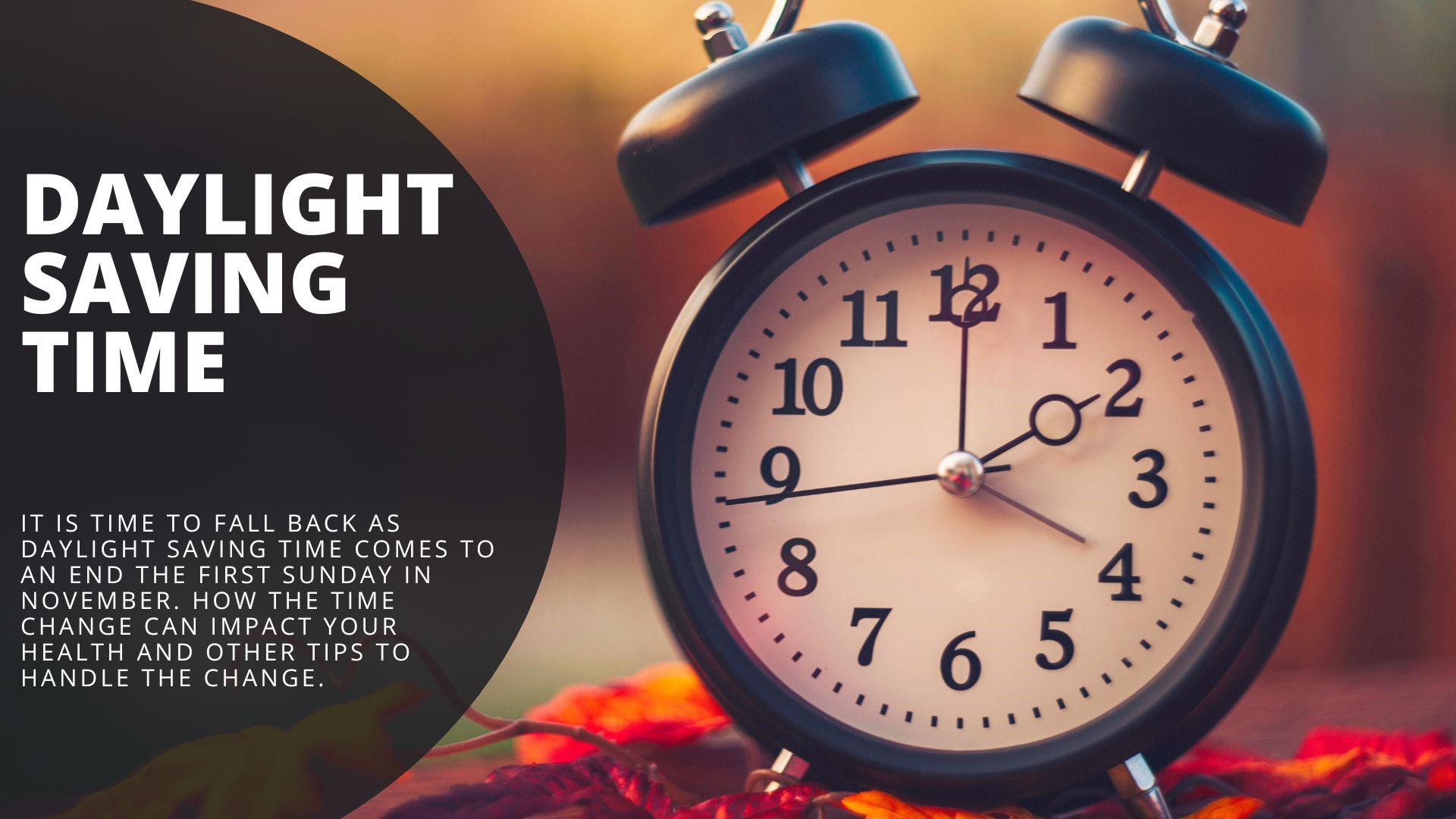WASHINGTON — Daylight saving time is coming to an end for 2024 on Nov. 3, the first Sunday in November.
Clocks will "fall back" one hour at 2 a.m. on Nov. 3, granting most people an extra hour of sleep. With the change comes earlier sunrises and nightfall well before 7 p.m. It won't be until March 2025 that we adjust our clocks to "spring ahead" once again.
Frequent measures in Congress have tried to make daylight saving time permanent in order to ditch the practice of changing our clocks twice a year. However, the bills usually die before they ever come close to becoming law.
With little to no progress made on that recent legislation, Americans will continue to "fall back" in 2024 and "spring forward" next year.
When does daylight saving time end?
Daylight saving time in 2024 ends on Sunday, Nov. 3 at 2 a.m.
Why was daylight saving time created?
The practice has been implemented in some form since World War I when Germany originally introduced it to conserve power and energy by extending daylight hours.
The Standard Time Act in 1918 was the first introduction of daylight saving time to American clocks. The temporary measure, which once held the nickname "war time," lasted from spring to fall and was intended to cut energy costs during World War I. The act is also responsible for the five time zones still in place today.
The Department of Transportation was created and given regulatory power over time zones and daylight saving time in 1966. In order to correct confusing and alternating time zones, the Uniform Time Act of 1966 sought a nationwide standard for daylight saving time from the last Sunday in April to the last Sunday in October.
Few changes have happened since then. Most recently, daylight saving time was extended by a few weeks in 2005 when former President George Bush changed the law. It is now observed from the second Sunday in March until the first Sunday in November.
Despite the national observance, Arizona and Hawaii don't observe daylight saving time. Under federal law, states are allowed to opt out of daylight saving time and remain on standard time, but are not allowed to remain on daylight time.
The U.S. has previously implemented daylight saving time year-round twice, once in World War II for fuel conservation and once in 1974 as "trial run" during an energy crisis.




